When snuggled up in a blanket on the couch with a cup of coffee in hand, a fireplace is one’s best friend. Yet, we all dread the moment when we must step out of our cozy abode to renew the dying fire. Of course, there has to be a way to prolong its life! Also, how often does the fire need more wood? Let's find out.
If you set up your fireplace with wood that has sufficient air spaces to let the fire spread from log to log, it would easily last 6 hours or more. Once you visibly notice the fire quenching, only then should you add more wood to it. To extend this duration even further, you may take the following considerations:
- Use an appropriate fuel to start the fire.
- Keep the air passage, including the chimney and its components, clear.
- Set up the fireplace well.
- Arrange the logs in a manner that maintains the passage of air.
Still, a lot stands in the way of you and your perfect fire! You need to know what makes a good fuel, which parts of the chimney have a role to play, and how we can arrange the logs. To find out all of that and more, continue reading our in-depth guide.
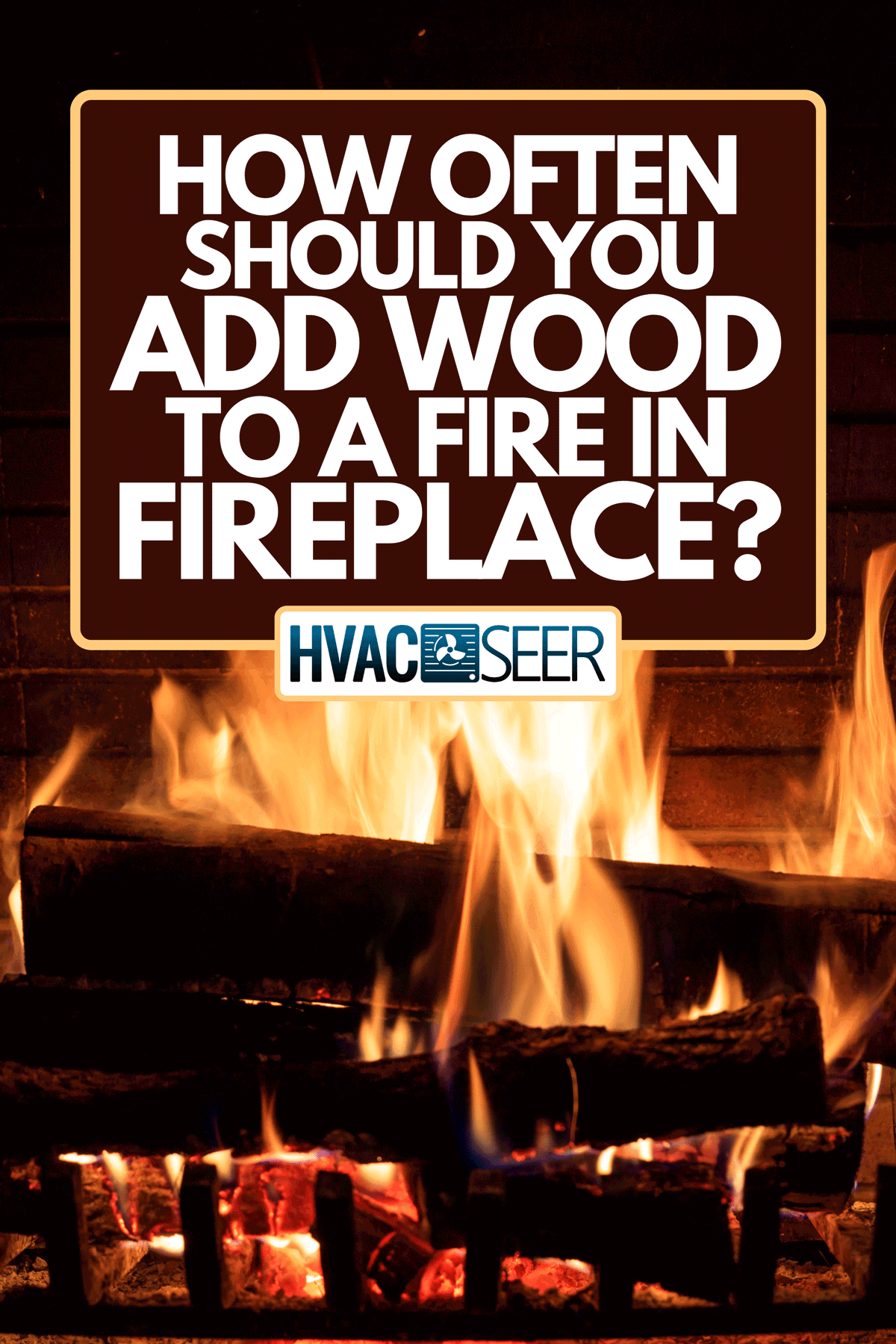
Contents
The Right Kind of Fuel
One would assume the trick to prolonging a fire lies entirely in its setup. However, the kind of fuel chosen in the first place makes all the difference.
Drying out wood by warming it in the sun to rid it of unnecessary bound moisture is seasoning. Whether you’re buying pre-seasoned wood or preparing your own, logs must be seasoned for at least six months before use.
As per standards, only logs with less than 20% moisture content work best to start fires. Thus, to ensure the efficiency of the fuel, it is worthwhile to invest in a moisture meter when buying firewood.
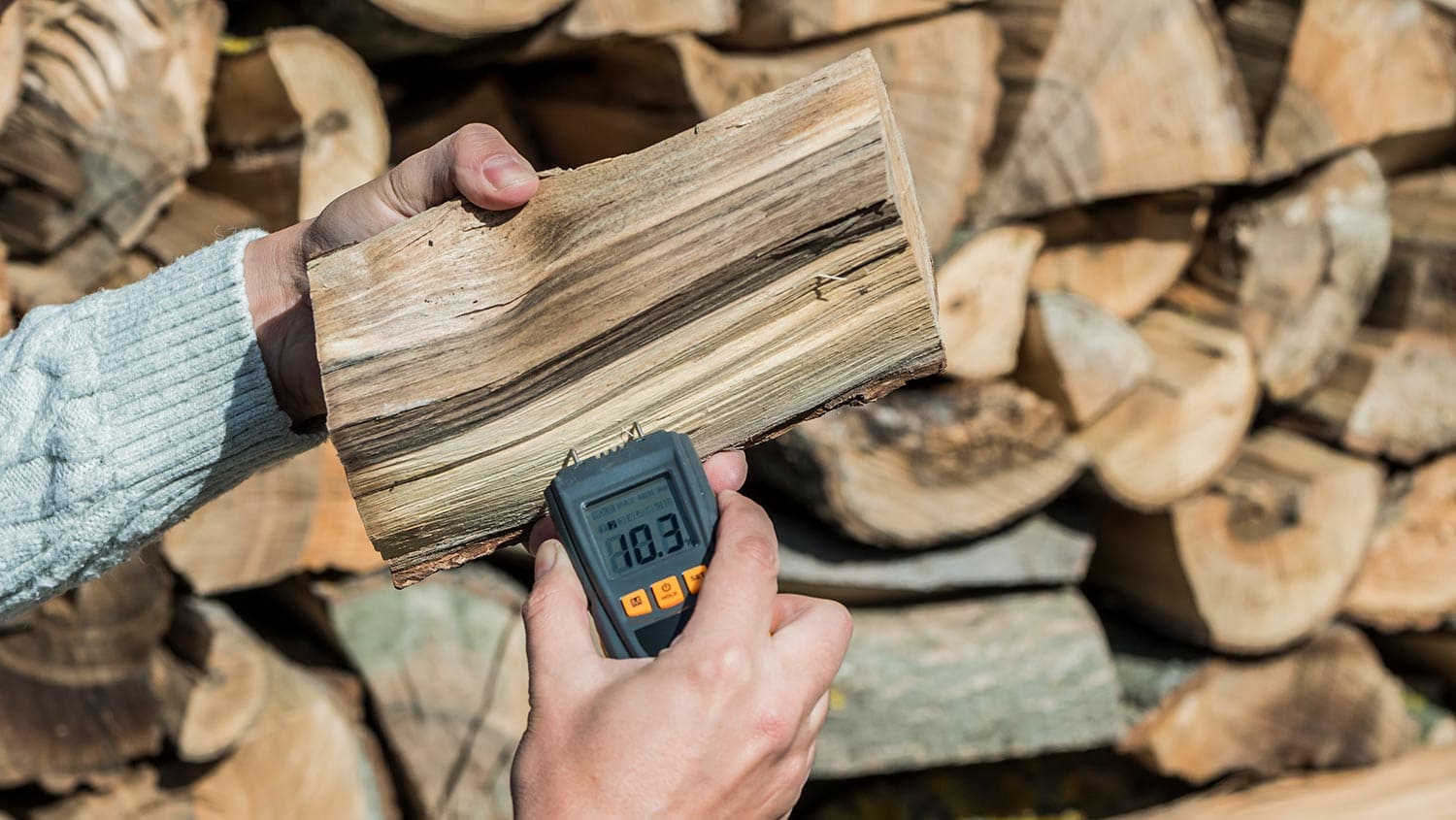
What Is the Best Wood To Use for a Fireplace?
The standard of different wood species is determined by comparing the calorific value of each. Interestingly, there is a negligible difference in the heat combustion ability between both; hardwood and softwood. Yet, you will need about 30% less hardwood than softwood for the same heat output.
Thus, the longevity of hardwood makes it the ideal firewood. On nights when you need the fire running for long periods with maximum heat production, they will be your best companion. You may save softwoods for relatively cooler nights or utilize their combustibility for kindlings.
Keeping the Chimney Clean
To ensure efficiency for your fireplace, you must clean the chimney, vents, and related components. Many recommend professional yearly cleaning, maintenance, and repair. It is the national standard for fire safety and efficiency. During the cleaning process, make sure you keep out an eye on the following components:
Damper
If you keep your fireplace damper closed while the fire is burning, you're dampening the fire yourself. Closing this airspace would cause smoke and toxic gases produced by the fire to back-pedal into the fireplace instead of safely escaping through the chimney.
Keeping the damper fully open for the fire would ensure the efficient trafficking of air. Hot air would continuously escape out through the chimney while sucking in an ideal amount of cold air. This process would help keep the fireplace going.
Chimney Cap
Chimneys come with a protective mesh layer called a cap as a barricade to unwanted materials. They may include rainwater, small animals or bugs, and insects. When a fireplace is burning, the cap must be open, or it would nullify the working of the damper.
Ensure that the chimney cap is clean of any debris or dust. Moreover, the caps are liable to be clogged by creosote. Should a creosote build-up obstruct the passage of airflow, it would affect the oxygen needed for the fire itself. This obstacle would hinder combustion, possibly causing it to conclude.
Setting up the Fireplace
When you begin preparing the fireplace, you will notice masses of ash from the previous fires. Now, here’s a trick! Before placing the logs in, take a bucket-full of that ash and lay down a neat bed about an inch or two thick.
Next up, before you put in your kindling, crumple some newspaper into balls. The more paper you use, the bigger your fire will be, so be mindful of potential safety hazards. For the kindling, the trick lies in leaving sufficient air gaps in between, for instance, a criss-cross pattern.
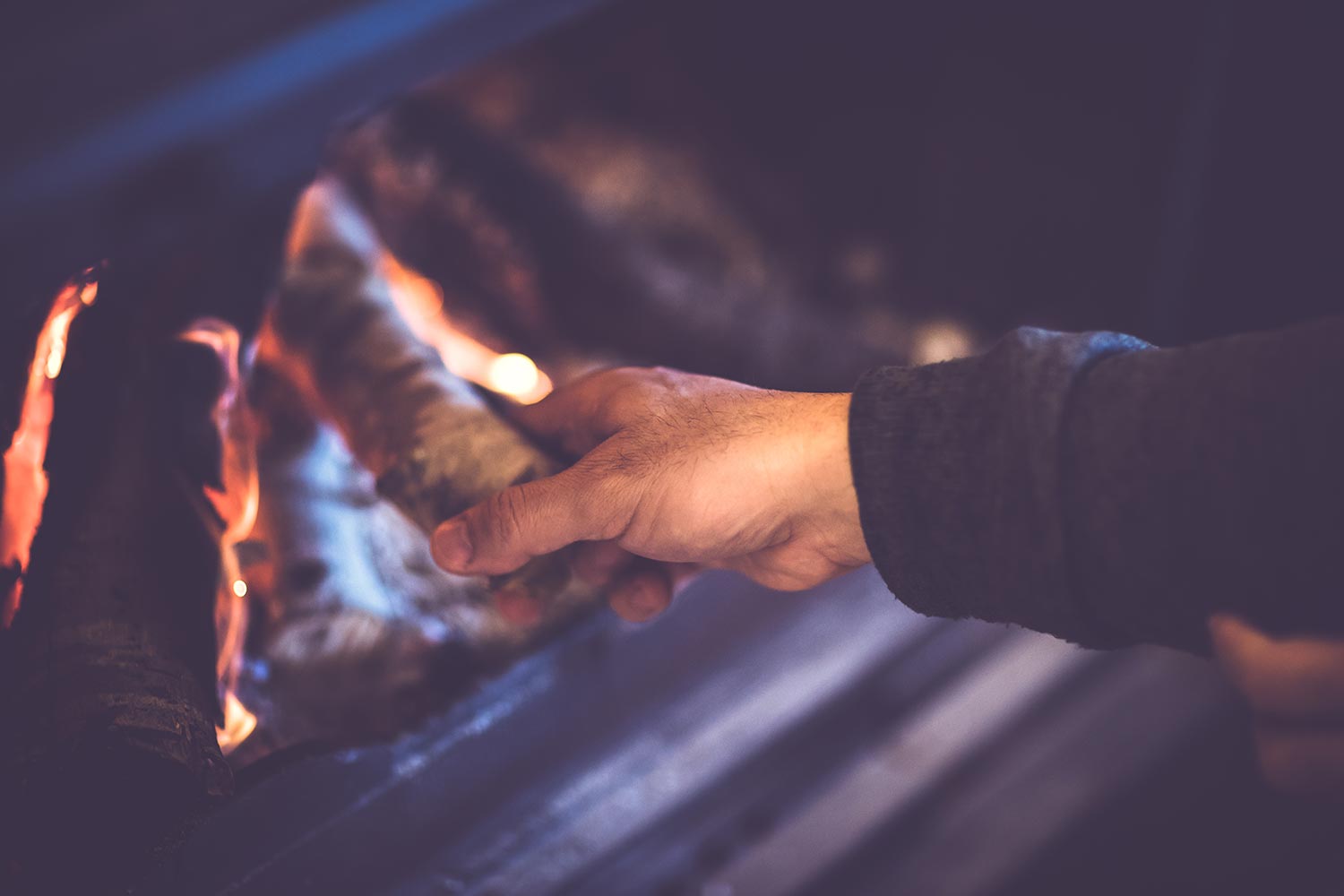
Arranging the Logs
Lighting a fire that sustains for long is an art. You are the artist, and your central medium is the logs themselves. If you arrange them in a pattern that establishes connections between each piece while leaving sufficient air gaps, you have solved the mystery of prolonging the fire.
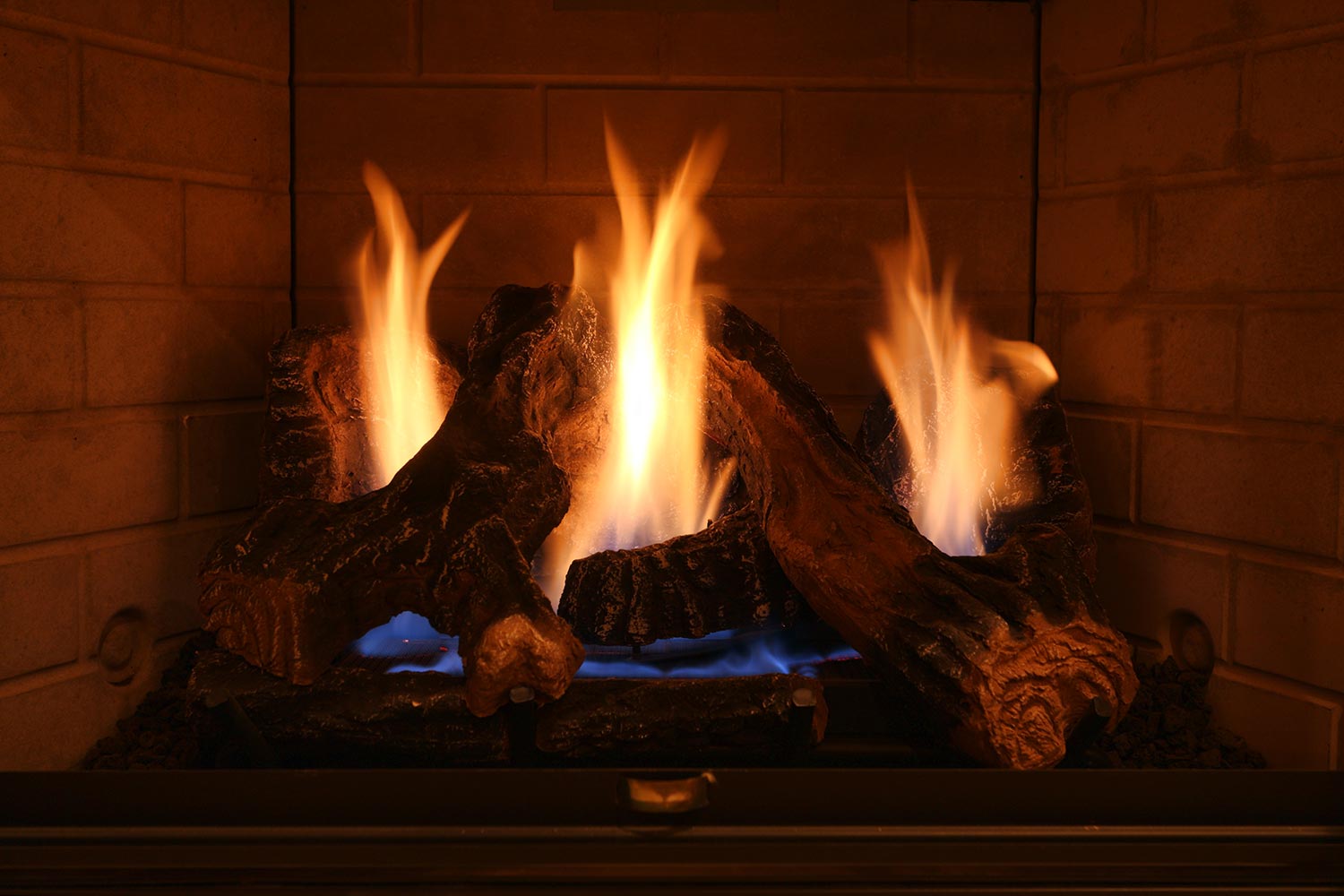
How Do You Put Wood in a Fireplace?
There can be a few approaches to this. You could either begin with stacking the larger logs at the bottom, followed by smaller logs, the kindling, and newspaper. Alternatively, let the kindling form the base and arrange the logs on top like a tic-tac-toe board. Regardless, keep the following considerations in mind.
- Take undue pressure off the wood and make sure it is room temperature before burning.
- Temperatures in the fireplace are relatively lower in the beginning. If you choose to stack your logs directly atop the fire, consider what size goes first. The smaller the pieces forming the base, the more rapid the burning.
- Should you feel that an unhealthy amount of smoke is accumulating inside the room, open up the vents. This action would improve air circulation and allow the logs to be thoroughly char.
- In the initial stages, allow the air intakes/draft to be kept open for 15-30 minutes. Once the outer logs are charred, you can rely upon them and the now-stable burn rate to deal with the inner ones.
- Do not use any form of gas to quicken the burning. It would be an instantaneous reaction, liable to get out of control and cause a fire outbreak.
When To Add Wood to a Fireplace?
Before the process begins, you add wood depending upon the arrangement you prefer. You can choose between letting it be at the bottom, directly in contact with the grate. Or, you could let the kindling and newspaper form the rear end with the wood added last.
During the process, wood must only be added when the fire is beginning to smolder. This situation could be anytime between 4-6 hours, depending on the wood you use.
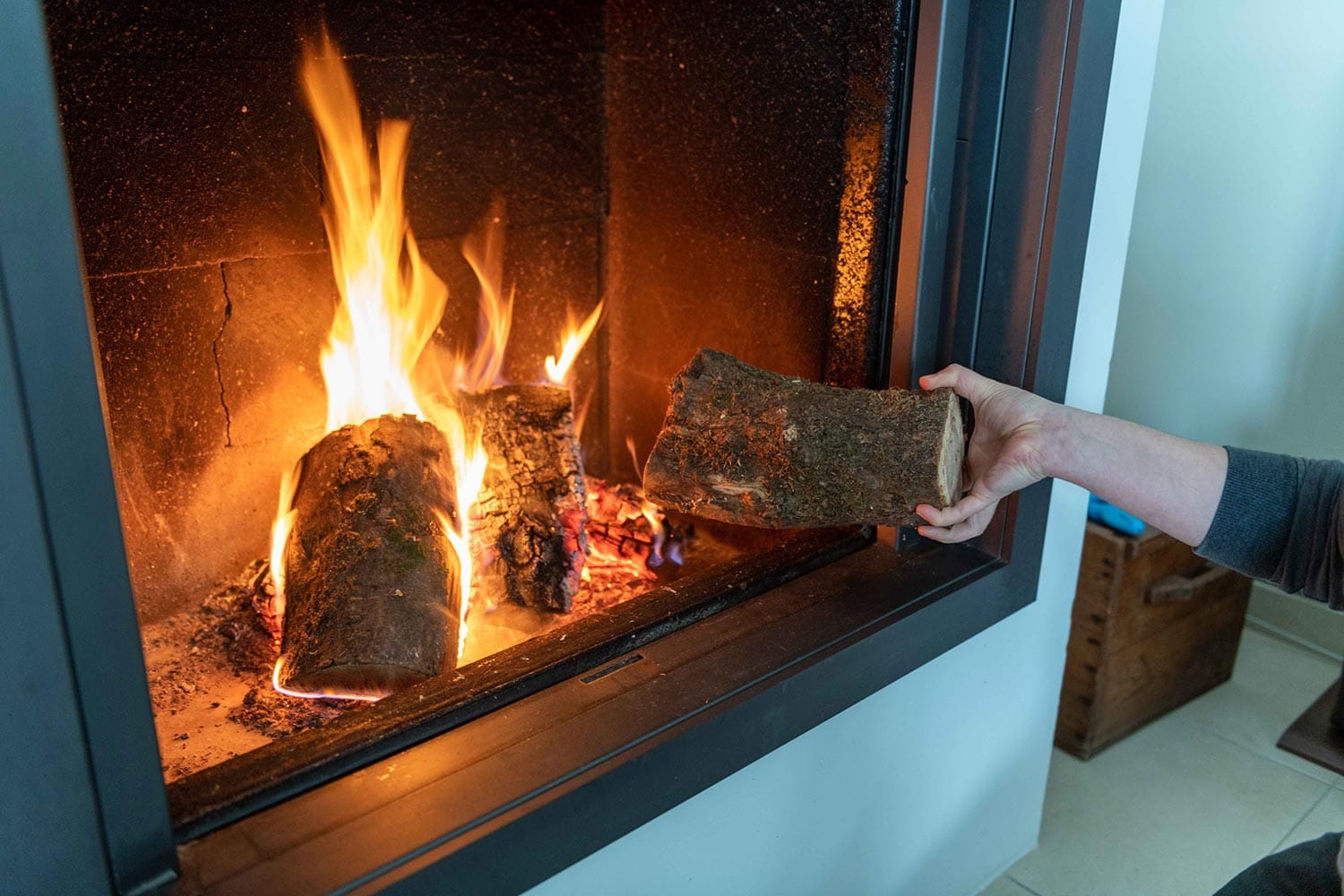
How Much Wood Is Too Much in a Fireplace?
For a standard-sized fireplace, four to six logs do the job remarkably well in creating a warm, comfortable ambiance. If your fireplace is taller, you could throw in an extra log or two. However, any more than that is unnecessary and in fact, counterproductive for burning a long-lasting fire.
Why Can We Not Add Too Much Wood?
Perhaps you see the flames descending in height and feel tempted to throw in another log or two. Here, understand that all mechanisms work best only if followed step-by-step. Thus, the wood-burning procedure must begin from the pyrolysis stage up to char burning.
Inconsistencies in the intensity of the flames or heat output are typical and should be left uninterrupted unless the cycle is complete.
Is Too Much Wood in a Fireplace Dangerous?
Excessive wood in a fireplace is dangerous for both; the consumer and the fire itself. First of all, the concern is excessive smoke. Next, you are providing sites for creosote and poisonous carbon monoxide production to occur. Both of the said phenomena pose a direct threat to your respiratory organs.
Additionally, an increase in the number of logs takes up the breathing space needed between them. This leads to smoldering and eventually dying out of the fire.
How Long Does Wood Last in a Fireplace?
As a general rule, wood logs burn for about 4-8 hours. This value is conditional upon the kind of wood, the amount, and the airflow in the surroundings. As per consumer reports, here are a few different types of hardwoods and their approximate lifespans.
- Oak: 6 hours
- Sassafras: 4 hours
- Locust: 8 hours
Final Takeaway
Whether you're new to operating a fireplace or curious about how it works, working with fire is always tricky. It's crucial to become familiar with the process to avoid any accidents. We hope you found the information above insightful!
Before you go, do you have other fireplace concerns? We also cover the three types of slow-burning wood for it! If you'd like to know more, check out our post here.
Do you also have safety concerns? If you want to find out more about adding too much wood, check out our post here. Until next time!
